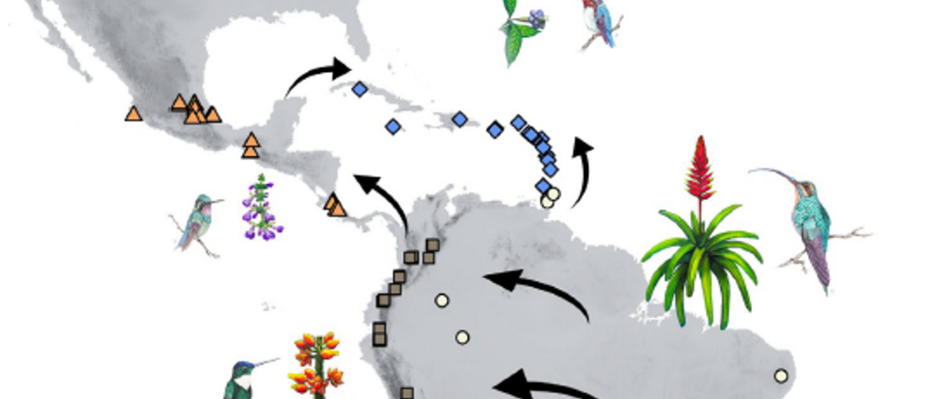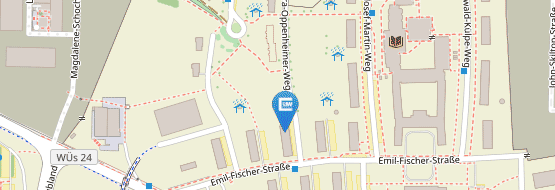Caribbean plants attract hummingbirds—despite lacking the typical traits.
Caribbean plants display few traits typically associated with hummingbird pollination, yet they are visited by morphologically more distinct hummingbirds than their mainland counterparts.
Mutualistic interactions between species—where all involved benefit—are often shaped by morphological traits that enhance the efficiency of these interactions. In flowering plants, certain pollinator groups are associated with specific floral traits. For instance, hummingbird-pollinated plants often exhibit elongated corollas, produce relatively large amounts of low-sugar nectar, and display bright red or orange flowers.
However, biogeographic context can influence the evolution of such traits. On oceanic islands like those in the Caribbean, species colonization histories differ markedly from those on the mainland, and ecological communities are generally less diverse. These communities are also frequently reshaped by natural disturbances such as hurricanes. In such settings, it may be disadvantageous for plants to specialize on a single pollinator group. As a result, plants in island ecosystems are expected to evolve more generalized floral traits rather than traits strictly adapted to one group, like hummingbirds.
Our results support this expectation: Caribbean plants visited by hummingbirds tend to exhibit only a few of the classic ornithophilous traits and more often resemble insect-pollinated flowers. Nevertheless, hummingbirds still visit many of these plants, indicating that mutualistic interactions in island ecosystems are generally less specialized.
Additionally, the hummingbird species visiting these plants in the Caribbean are, on average, more morphologically distinct from each other than those found in mainland regions. This pattern may reflect stronger interspecific competition. Caribbean hummingbird communities typically consist of few species, with considerable differences in body size. Larger hummingbirds appear to exclude smaller ones from certain resources, pushing the smaller species to rely more heavily on floral resources less frequently used by their larger competitors—such as flowers usually associated with insect pollination.
Original publication:
Vollstädt, M. G. R., Jensen, R. D., Maruyama, P. K., Schleuning, M., Araújo-Hoffmann, F. P., Sazima, M., Sonne, J., Schrøder, T. S. O., Møller-Stranges, F., Abrahamczyk, S., Ramírez-Burbano, M. B., de Vasconcelos, M. F., Tinoco, B. A., Maglianesi, M. A., Partida-Lara, R., Vázquez-Pérez, J. R., Enríquez, P. L., Rech, A. R., Coelho, A. G., … Dalsgaard, B. (2025). The role of insularity: Plants have few ornithophilous traits but are visited by morphologically more distinct hummingbirds in the Caribbean islands. Functional Ecology, 00, 1–15. https://doi.org/10.1111/1365-2435.70068








